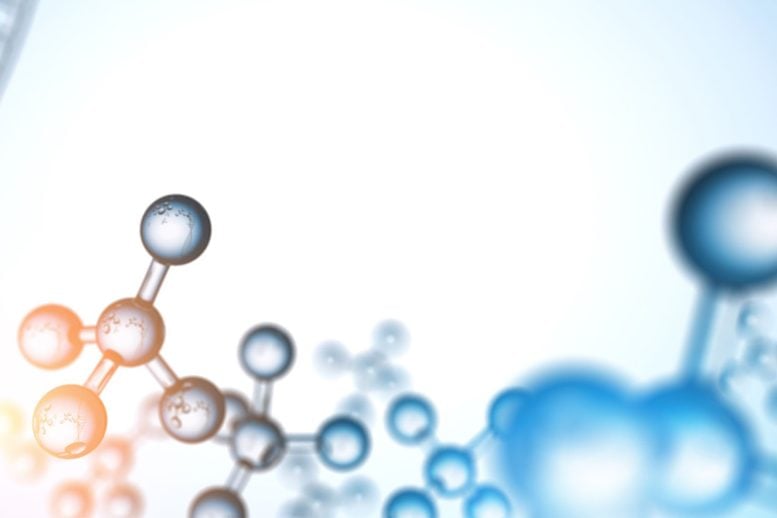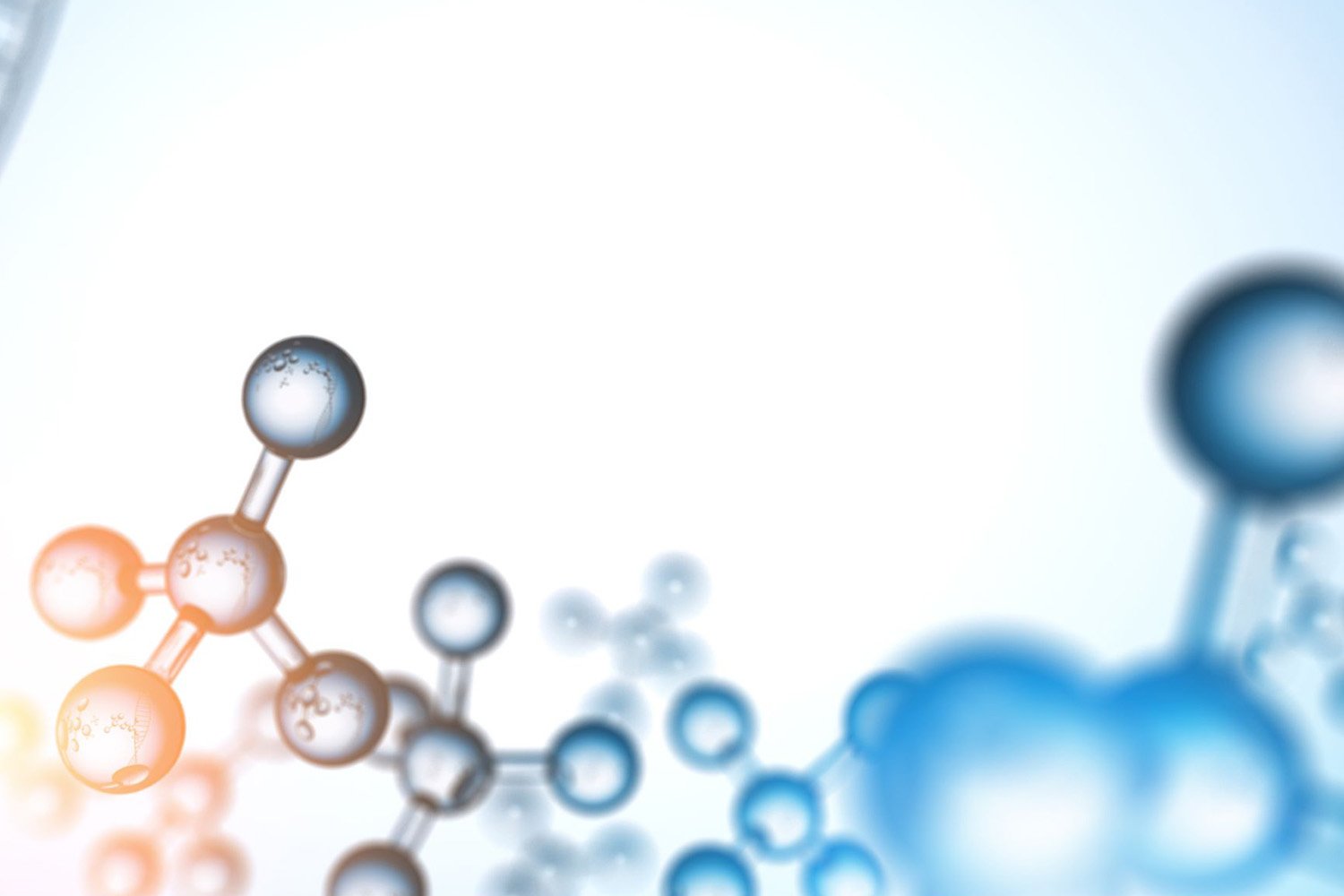
In a groundbreaking development, chemists are harnessing the power of electricity to convert waste molecules into valuable liquid fuels. This innovative process not only offers a sustainable solution to managing waste but also presents a promising approach to producing cleaner energy sources. Here’s a closer look at how this technology works and its potential implications.
1. The Process: Electrocatalysis
At the heart of this technology is a process known as electrocatalysis. This involves using electricity to drive chemical reactions that convert waste materials into useful products. Chemists have developed specialized catalysts that facilitate these reactions, allowing for efficient transformation of waste molecules.
How It Works:
- Waste Collection: Various types of waste, such as carbon dioxide (CO2), methane (CH4), or other organic compounds, are collected.
- Electrolysis: The waste molecules are subjected to an electrical current in a reaction chamber. This process breaks down the waste into simpler components.
- Catalysis: Electrocatalysts are used to drive the chemical reactions, transforming the simpler components into liquid fuels like ethanol or other hydrocarbons.
- Fuel Collection: The resulting liquid fuels are collected and can be used as energy sources or further processed.
2. Environmental and Economic Benefits
The conversion of waste molecules into liquid fuels offers several advantages:
- Waste Reduction: This technology provides a productive use for waste materials, reducing the burden on landfills and decreasing environmental pollution.
- Cleaner Energy: The liquid fuels produced are often cleaner and more sustainable than conventional fossil fuels, contributing to reduced greenhouse gas emissions.
- Resource Efficiency: By transforming waste into valuable products, this process enhances resource efficiency and supports circular economy principles.
3. Current Developments and Future Prospects
Researchers are making significant strides in improving the efficiency and scalability of this technology. Advances in electrocatalyst design, reaction conditions, and energy input are helping to make the process more viable for large-scale applications.
Key Developments:
- Improved Catalysts: New catalysts are being developed that offer higher selectivity and efficiency in converting waste molecules into desired fuels.
- Energy Integration: Efforts are underway to integrate renewable energy sources, such as solar or wind power, to drive the electrocatalysis process, making it even more sustainable.
Future Potential:
- Industrial Applications: As technology matures, it could be adopted in industrial settings to manage waste and produce energy on a larger scale.
- Global Impact: This technology has the potential to address waste management challenges and contribute to cleaner energy solutions worldwide.
Conclusion
The use of electricity to convert waste molecules into valuable liquid fuels represents a significant advancement in both waste management and energy production. By leveraging electrocatalysis, chemists are opening up new possibilities for sustainable practices and cleaner energy sources. As research continues and technology evolves, this approach could play a crucial role in addressing some of the most pressing environmental and energy challenges of our time.
4o mini
